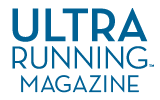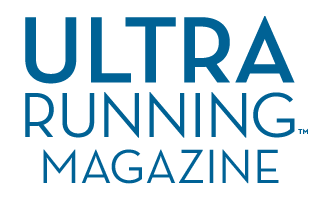Running has always been my happy place—a place I think and unwind. I’ve resisted the idea that running places stress on my female body. But speedwork, long runs and weightlifting stress muscles. And with perimenopause an...
Articles by Kamm Prongay
So much of life is about what we choose to see. We can see aging and menopause as a bad thing, or we can learn the facts and develop strategies that reduce or eliminate energy loss and disrupted sleep, and en...

